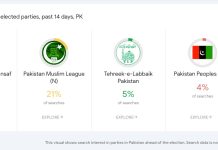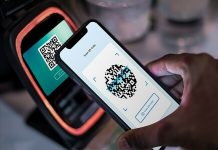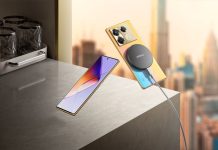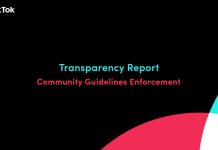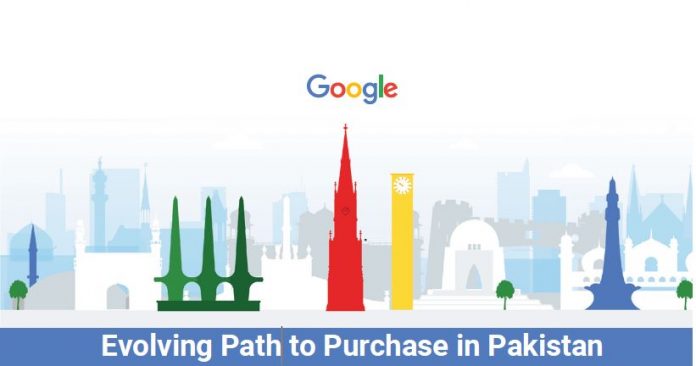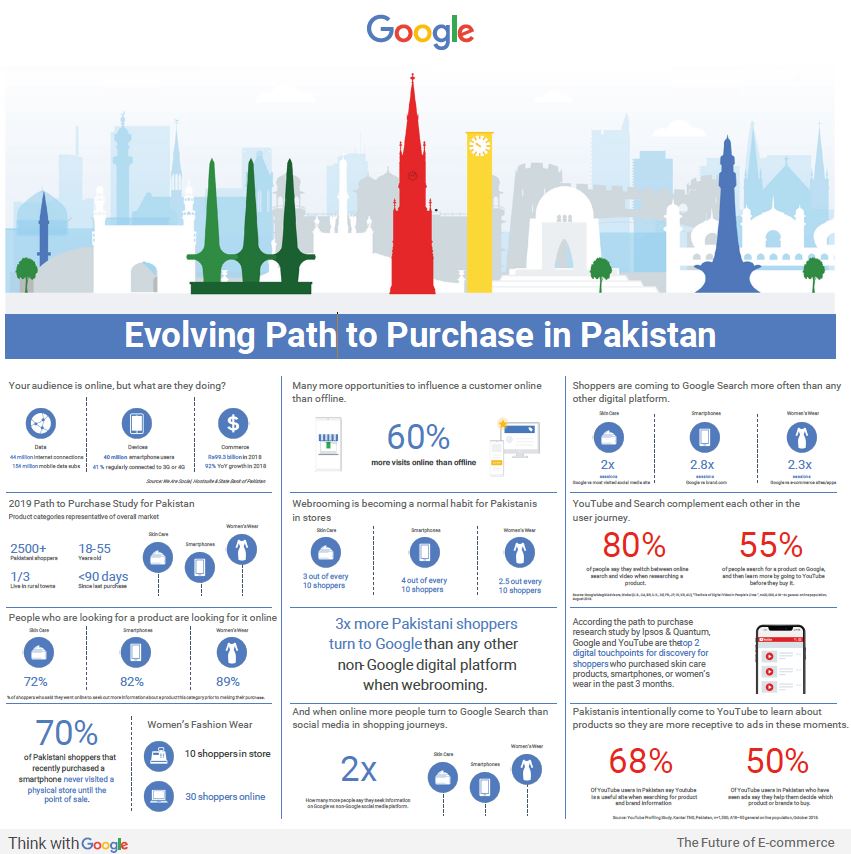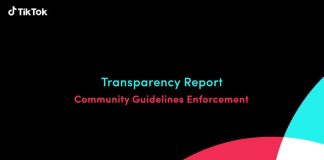Pres Release – The future of Pakistan’s e-commerce landscape is going to drastically transform commerce and business in the country. With growing levels of internet access, shifting data costs, and changes in the country’s e-commerce model (e.g. cashless payments vs cash on delivery); e-commerce is poised to grow.
E-commerce is no longer something businesses can afford to put off. The time to make it a business priority is now, and Google wants to partner with you to help usher in this new era of e-commerce.
The change in e-commerce activity is both an outcome of and influence on shifting shopping habits in Pakistan. As digital platforms, such as search engines, social media, e-commerce marketplaces, mobile apps, and brand websites have become more used by Pakistanis; their impact on how Pakistani shoppers navigate their path to purchasing products has dramatically changed.
Google I/O 2019: Android Q Beta 3 Will be Available on All These Smartphones
To better understand the transformation of the shopping journey of everyday Pakistani consumers, Google partnered with leading research firms, Ipsos and Quantum, to study this evolving path to purchase.
Our findings reveal how digital platforms have disrupted the traditional path to purchase for Pakistani shoppers and how brands can tap into these shifts to prepare for the future of e-commerce.
Research Details
- Categories: Skin care products, smartphones, & women’s fashion wear.
- Partners: Ipsos & Quantum.
- > 2500 Pakistani shoppers.
- ⅓ of participants from rural parts of Pakistan.
- All participants were between 18-55 years old.
- Only included shoppers who, in the last 3 months, have purchased at least one product from one of the three categories.
- The research divided the path to purchase into three phases:
▪ Pre-purchase: all the information seeking and responses to advertisements that shopper exhibit prior to actually purchasing the product
▪ Point of Sale: The moment of paying for the product, most often in a physical store
▪ Post-Purchase: The habits exhibited by shoppers after the purchase of the product that are still related to said product
Google will competes with Apple Arcade with “Google Play Pass”
Key Findings: Pre-Purchase
The research showed that the most dramatic transformation in the path to purchase due to the influence of digital platforms occurs at the pre-purchase phase. Here are some of our specific findings.
-
-
- A majority of shoppers in Pakistan go online to seek out more information about a product category prior to making their purchase.
a) Skin care: 75%
b) Smartphones: 82%
c) Women’s Fashion Wear: 89% - More Pakistani shoppers learn about a product online that they do in physicals. For example, for every 10 people that go into a fashion retail store to check out a product there are 30 people who will never go into the store but instead opt for going online trying to learn about a piece of fashion from that brand.
a) Skin care: 1.6x more Pakistani shoppers seek information about a skin care product than go into an actual physical store.
b) Smartphones: 2.1x more Pakistani shoppers seek information about a smartphone than go into an actual physical store.
c) Women’s Fashion Wear: 3x more Pakistani shoppers seek information about a women’s fashion wear item than go into an actual physical store. - Not online are more Pakistanis learning about products online than in a physical store, Pakistanis who seek information about a product on digital platforms spend many more sessions online than shoppers who go into a physical store. In other words, there are many more opportunities for brands to influence their customers on digital platforms than in a physical store.
a) Skin care: 30% more sessions happen online than in store
b) Smartphones: 80% more sessions happen online than in store
c) Women’s Fashion Wear: 30% more sessions happen online than in store - When shoppers go online to seek out information about a product the platform the most shoppers choose is Google Search. Many more Pakistani shoppers use Google Search in the pre-purchase phase than social media to gather information about a product.
a) Skin care: 2.1x more people say they seek information on Google vs non-Google social media platform in the pre-purchase phase
b) Smartphones: 2.6x more people say they seek information on Google vs non-Google social media platform in the pre-purchase phase
c) Women’s Fashion Wear: 2.4x more people say they seek information on Google vs non-Google social media platform in the pre-purchase phase - Shoppers that do come online use Google Search many more times, or for many more sessions than they do any other digital platform. This means there are many more times to influence a consumer on Google Search during their path to purchase.
a) Skin care: Pakistani shoppers spend 2x more sessions on Google Search than the most visited non-Google social media platform when on a path to purchase a skincare product
b) Smartphones: Pakistani shoppers spend 2.8x more sessions on Google Search than a brand’s website when on a path to purchase a smartphone
c) Women’s Fashion Wear: Pakistani shoppers spend 2.3x more sessions on Google Search than any e-commerce platform when on a path to purchase a women’s fashion wear product. - Google Search is the more often the first and final touchpoint a Pakistani shopper has along their path to purchase prior to point of sale.
a) Skin care:
i) 7.8x more people start their pre-purchase journey at Google Search than any other online or offline resource, including a physical store of social media platform.
ii) Prior to point of sale, 4x more people end their pre-purchase journey at Google Search than any other online or offline resource, including a physical store of social media platform.
b) Smartphones:
i) 10x more people start their pre-purchase journey at Google Search than any other online or offline resource, including a physical store of social media platform.
ii) Prior to point of sale, 5.2x more people end their pre-purchase journey at Google Search than any other online or offline resource, including a physical store of social media platform.
c) Women’s Fashion Wear:
i) 5.2x more people start their pre-purchase journey at Google Search than any other online or offline resource, including a physical store of social media platform.
ii) Prior to point of sale, 4.5x more people end their pre-purchase journey at Google Search than any other online or offline resource, including a physical store of social media platform. - Since Google Search acts like the glue of the shopping journey, it makes sense that ads on Google Search are more strongly recalled by Pakistani shoppers than ads on non-Google platforms
a) Skin care: In the 4 weeks prior to purchase, 2x more Pakistani shoppers recall seeing an ad for skincare product on Google Search than on any other digital platform.
b) Smartphones: In the 4 weeks prior to purchase, 2.4x more Pakistani shoppers recall seeing an ad for smartphone on Google Search than on any other digital platform.
c) Women’s Fashion Wear: In the 4 weeks prior to purchase, 2x more Pakistani shoppers recall seeing an ad for women’s fashion wear product on Google Search than on any other digital platform.
- A majority of shoppers in Pakistan go online to seek out more information about a product category prior to making their purchase.
-
Huawei is preparing to launch its new phone without Google applications and services
Key Findings: Point of Sale & Post-Purchase
At the actual point of sale, the research shows that while there hasn’t been a very dramatic shift in shopping habits for Pakistanis, there are a couple burgeoning trends. For example, the practice of “webrooming” is becoming commonplace in physical stores. Webrooming is a slang term for the consumer practice of researching a product online while said consumer is in the physical store where they plan on buying the product in-person.
- Some shoppers are starting to adopt the consumer practice of webrooming while at the point of sale.
a) Skin care: 3 out of every 10 shoppers say they are using digital platforms to research, compare, and/or review a product while in the store where they will purchase said product
b) Smartphones: 4 out of every 10 shoppers say they are using digital platforms to research, compare, and/or review a product while in the store where they will purchase said product
c) Women’s Fashion Wear: 2.5 out of every 10 shoppers say they are using digital platforms to research, compare, and/or review a product while in the store where they will purchase said product. - 3x more Pakistani shoppers turn to Google than any other non-Google digital platform when webrooming.
After a consumer makes a purchase some are still going back online to further seek out information regarding that product. They leverage search engines, online video, websites, e-commerce platforms, and social media sites. There are many opportunities for brands to use these post-purchase moments to upsell complementary products, provide more customer service, and ultimately deliver retention and lifetime value for their brand.
- There is a primary reason in each product category for why consumers go to digital platforms in their post-purchase phase of the shopping journey.
a) Skin care: Look for reviews of their purchase
b) Smartphones: Look for reviews of their purchase
c) Women’s Fashion Wear: Look for how-to articles
Android 10 update may make its way to Google Pixel phones in the first week of next month
Three many takeaways
- Digital tools have transformed the pre-purchase shopping journey for Pakistani shoppers.
- More Pakistanis learn about products online, not in the store.
- Google Search is the glue that holds the shopping journey together

